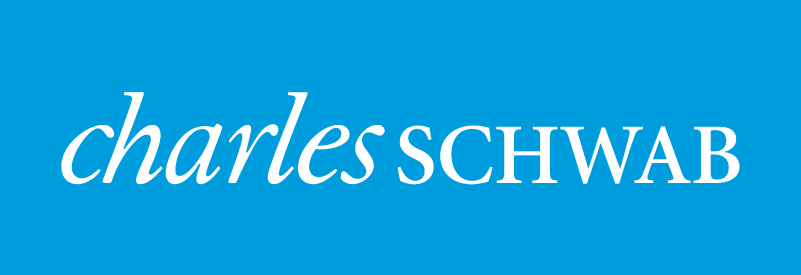January introduced us formally to the new President of the United States who took office with the same bold style as on the campaign trail. Markets moved sideways for a couple of weeks but ultimately continued the risk rally that began in early November. With regard to U.S. and European political climate, we feel it is safe to say that it has been years, maybe decades, since political winds have held this much potential to drastically impact the financial and capital markets. In the U.S., the current mix of pro-growth (tax code reform, streamlining regulation, fiscal spending) and anti-growth (restrictive trade, tariffs, anti-immigration) initiatives are still in a nascent stage at this time and hold both promise and risk looking forward. In Europe, the nationalist/populist movement also holds great potential to impact markets and, like the U.S., is still in the process of taking shape. Ultimately, liquidity usually matters most and that backdrop remains constructive but both the Fed and ECB seem to be at the early stages of curtailing accommodation looking forward into 2017 and 2018.
Key January Market Anecdotes:
• In true D.C. form, it will take a significant amount of time to work through policy initiatives which means corporate earnings carry real significance. Welcomed news is that Q4 results are set to grow at their fastest pace in 2 years, with both earnings and revenue growth of 5%, beating expectations.
• FOMC members have been on the speaking circuit discussing options they have, beyond raising the Fed Funds rate, to begin to tighten conditions. Tapering the reinvestment of Fed balance sheet interest income is one particular option that has been openly discussed.
• The economy’s ability to withstand the cash flow impact of higher interest rates is an ongoing debate. Whether stress will be felt at a 1% increase or 3% increase is debatable, but that there is a tipping point where risk markets will become volatile is not debatable.
• After rallying nearly 5% between the election and year end, the U.S. dollar weakened in January after DJT signaled his preference for a weaker dollar in order to help U.S. manufacturers.
• The DJIA finally hit the symbolic 20,000 mark last month, after nibbling at it for several weeks. Many who recall the DJIA hitting 10,000 in 1999 probably didn’t think 18 years would pass for another double to 20,000.
January Economic Anecdotes:
• 4Q GDP grew 1.9%, missing consensus expectations for 2.2% growth. Private inventory build contributed a full 1% to the 4Q growth rate, which will have to be worked off in future quarters.
• PCE (personal consumption expenditures) rose at a 2.5 percent pace last month, a positive sign that the U.S. consumer spending remains healthy, although down from 3.0 and 4.3 percent in the prior quarters.
• The January jobs report was the strongest in four months with employers adding 227,000 jobs, beating expectations for 180,000. New entrants into the labor market pushed the unemployment rate up 0.1% to 4.8%.
• January jobs report also reported soft wage gains with average hourly earnings only increasing 0.1% and December was revised downward. This provided some calm to market observers concerned about recent trends in wage inflation.
• In defending their currency from falling further, China’s foreign exchange reserves fell to their lowest level in six years, at $3.011 trillion. China’s reserves had reached $4.0 trillion in 2014.
• Consumer confidence continues to jump higher. January jumped to 111.8, nearly 20 points above the long term average of 93.6.




Leave a Reply